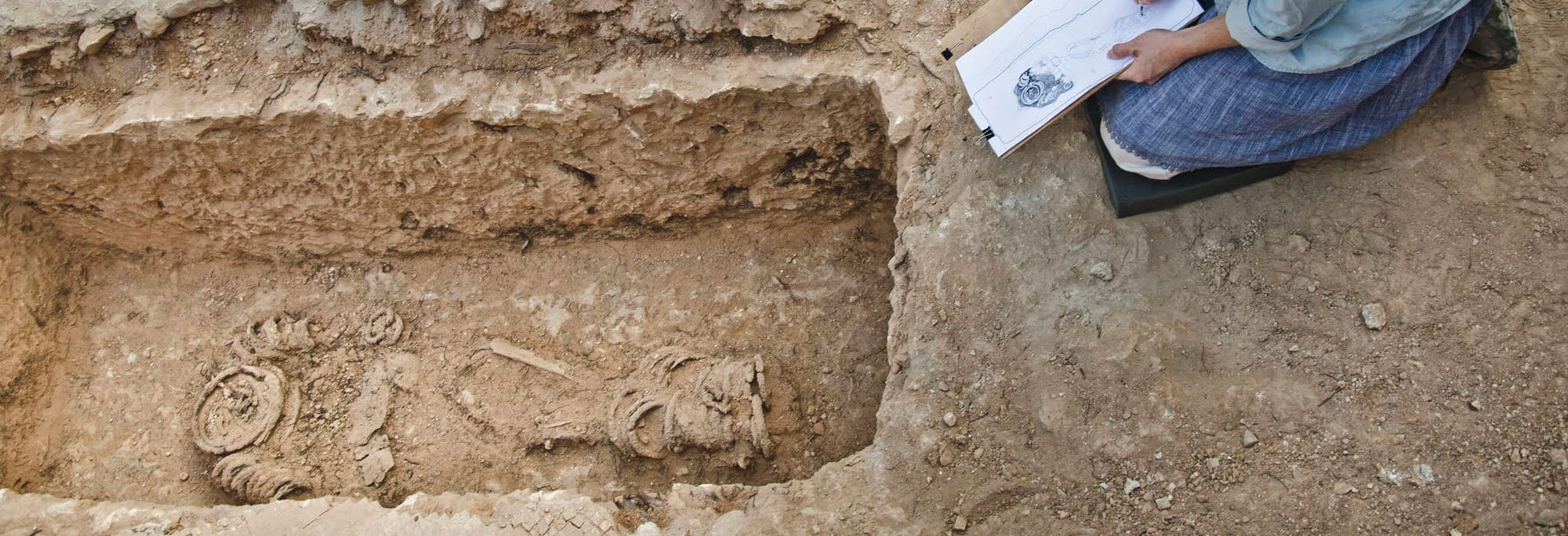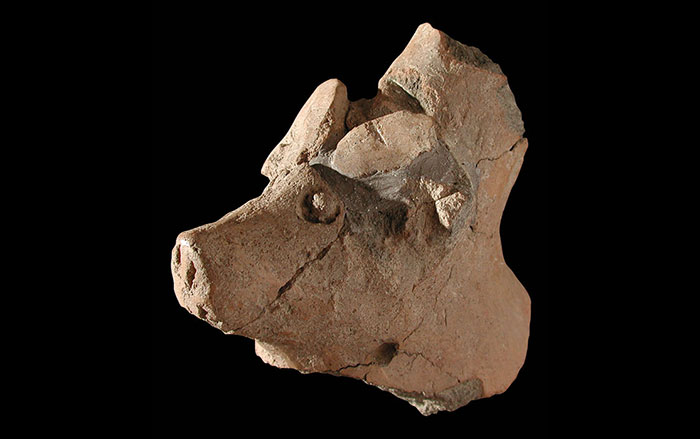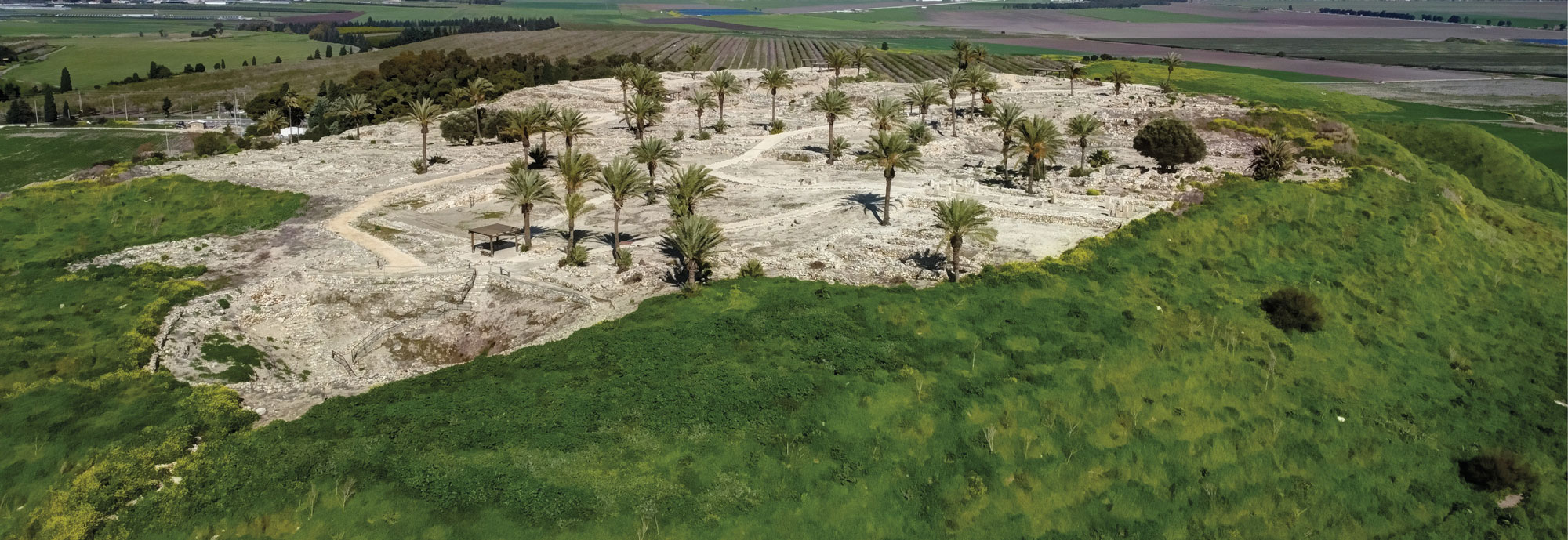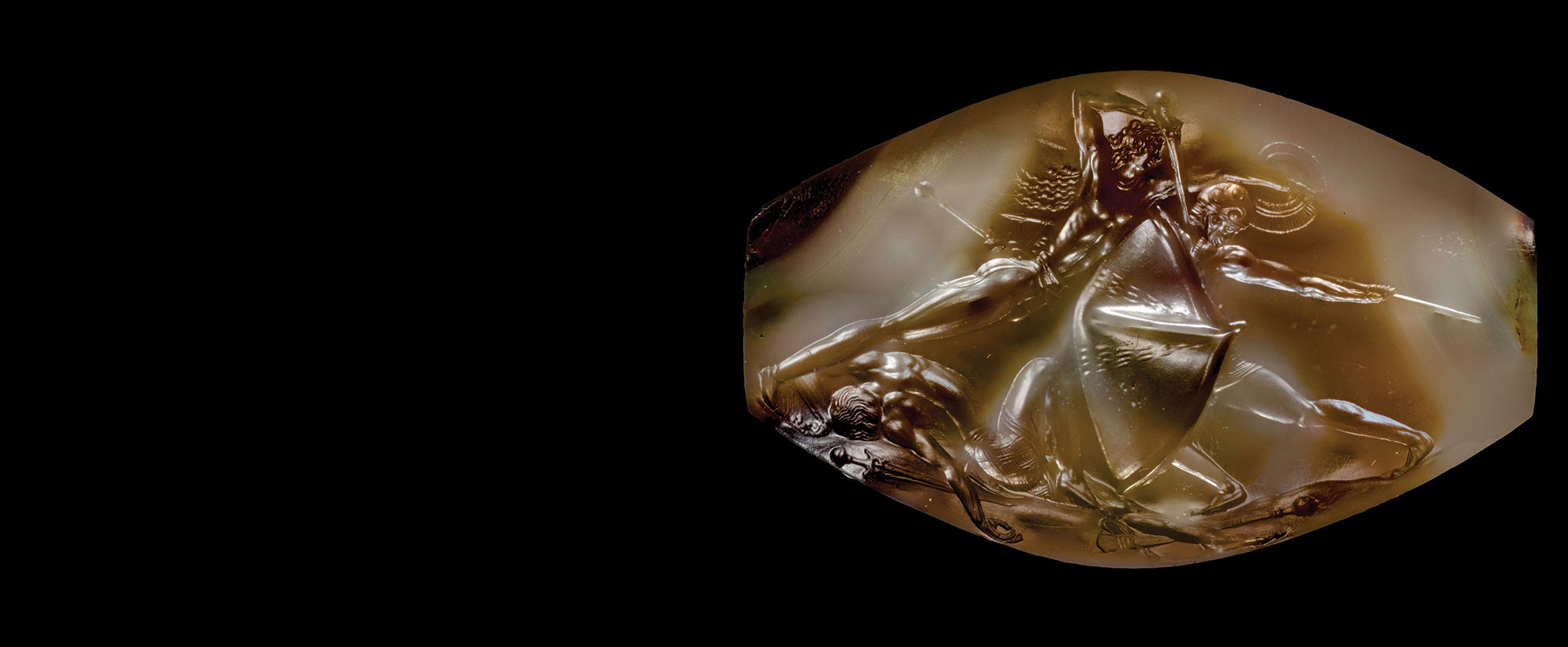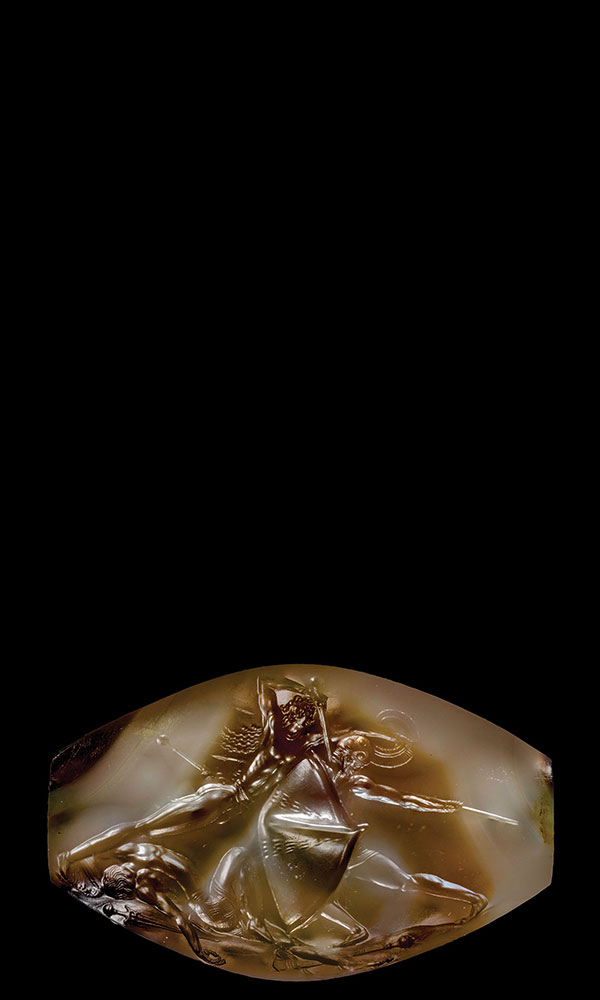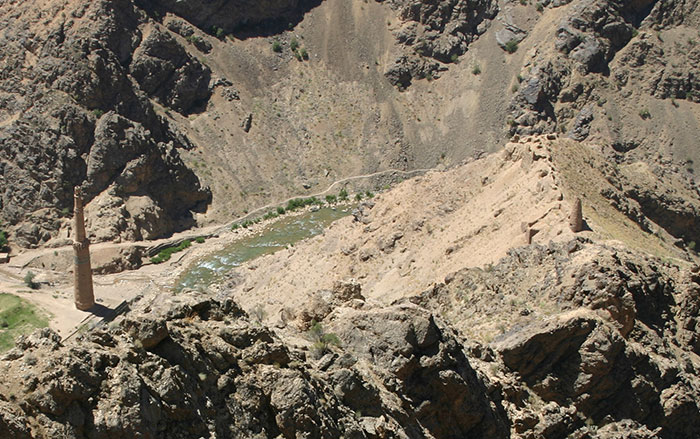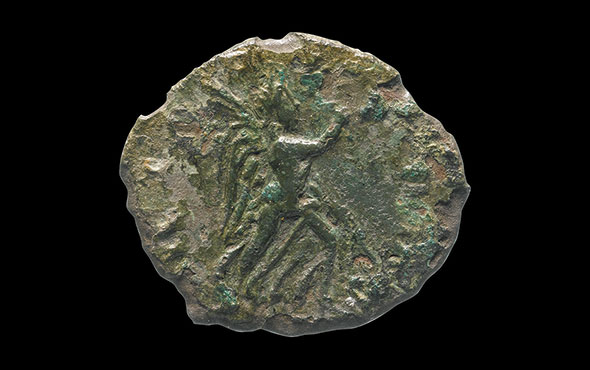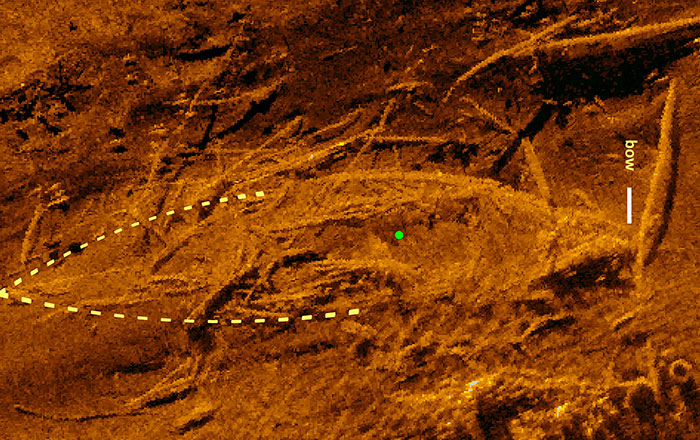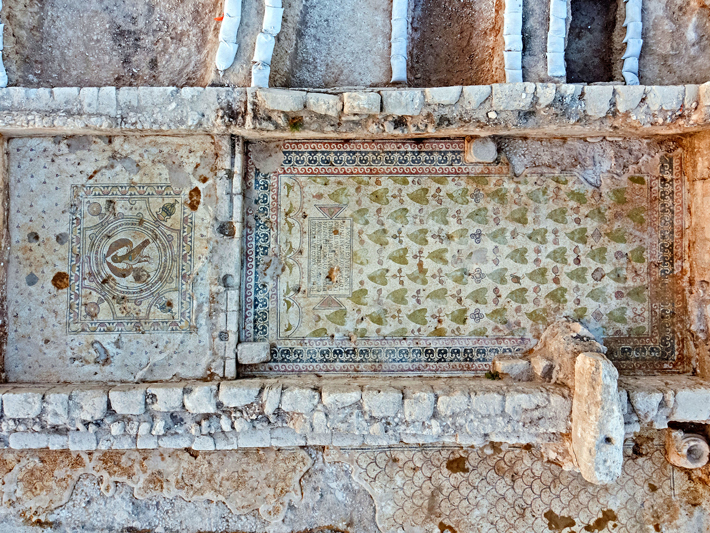
JERUSALEM, ISRAEL—Deutsche Welle reports that traces of a well-preserved 1,500-year-old Christian church were uncovered during a construction project to the west of Jerusalem by a team of archaeologists led by Benjamin Storchan of the Israel Antiquities Authority. Storchan said the mosaic floors in the structure depict fruit, plants, and birds, including an eagle, a symbol of the Byzantine Empire. The church’s marble chancel and a baptismal font made of calcite flowstone were also found. An inscription in the courtyard dedicated the building to an unidentified “glorious martyr” thought to have been buried in an intact crypt under the church. Storchan said the opulence of the church suggests the martyr was an important figure in Christianity. Another inscription indicates that Emperor Tiberius II Constantinus contributed to the completion of the building. Pilgrims are thought to have visited the site until its entrances were sealed with heavy stones and it was abandoned in the ninth century A.D., during the Muslim Abbasid caliphate. To read about other Greek mosaic inscriptions unearthed in Byzantine churches, go to "Gods of the Galilee."


